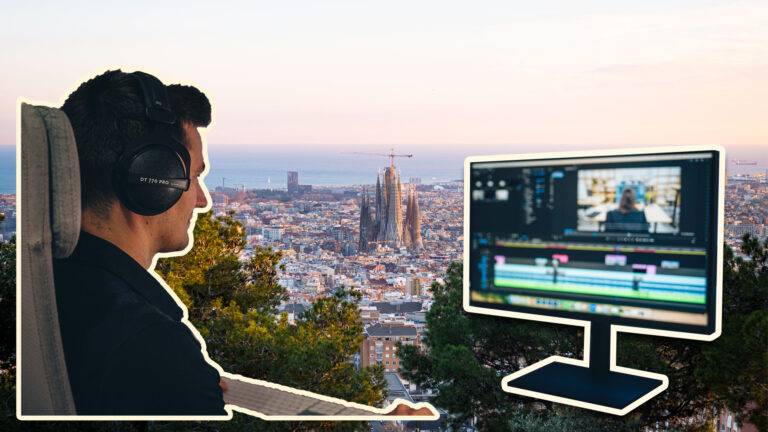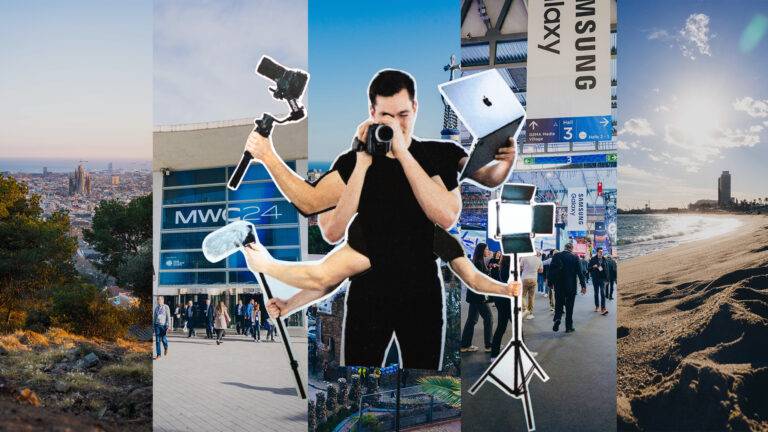
In this test, I recorded myself as a host with each tool. In this way I could compare the sheer compression each software applied to the recording at an “optimal setting”.
We have to keep in mind that for a good interview, you have to care about your hardware (webcam, microphone), your internet connection and your general environment (lighting, background noise).
But let’s compare the data:

1. Google Meet
(update February 2024 – 1080p resolution is available under certain conditions – source)
The bitrate, which affects the quality and clarity of the video, was of 0.8 Megabits per second (Mbit/s). This measures how much data is transmitted every second.
It’s worth noting that actual frame rates and bitrates can vary based on several factors, including internet bandwidth, hardware capabilities, and Google Meet’s adaptive performance features.

2. Microsoft Teams
(the exact frame rate can vary based on network conditions, Teams aims to provide a high-quality video experience that can adapt in real-time to bandwidth constraints and content types, potentially reaching up to 30 fps under ideal conditions.)
AI-Based Optimization: Microsoft Teams employs AI to dynamically optimize video and screen sharing quality. In bandwidth-constrained environments, Teams intelligently balances between picture quality and frame rate, ensuring that documents remain legible and motion video plays smoothly.
Advanced Audio Codec: Teams introduces the Satin Audio Codec, designed to deliver high-quality audio even at low bitrates, such as 7kbps.
Background Noise Suppression: Leveraging deep neural networks, Teams filters out background noise while preserving speech.

3. Zoom
Conclusion: Zoom vs Google Meet vs Microsoft Teams

Comparing the data:
If you want to record a video call, use Zoom rather than the two other main concurrents (Google Meet and Microsoft Teams).
Again, choosing the good software isn’t everything, you have to care about your hardware (webcam, microphone), your internet connection and your general environment (lighting, background noise).
If you are taking this kind of recording very seriously, there are some specific tools you can check out (riverside.fm, zencastr, remotely.fm), or arrange a meeting with a professional.
SHARE THIS POST


